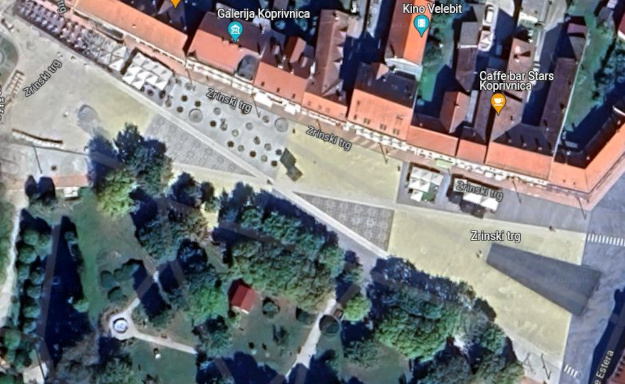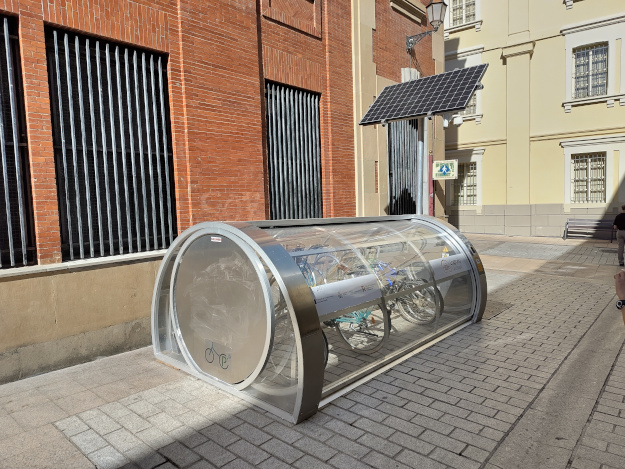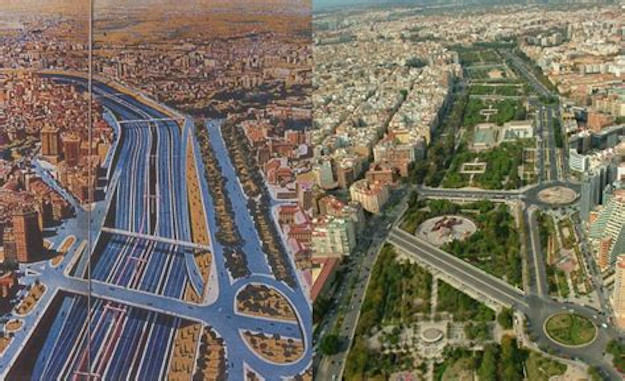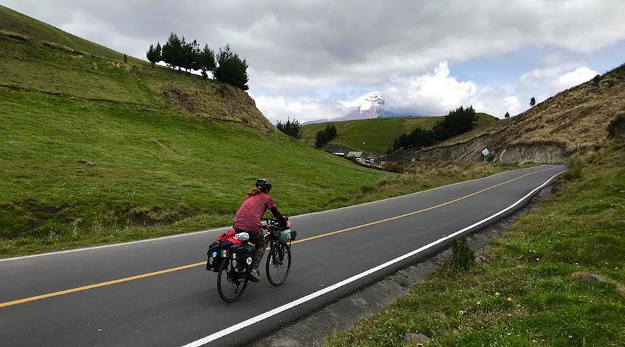Bicycles have been used in man-made and natural disasters. One example of bike use was done in Second World War when both Allies and Axe took advantage of them to move behind enemy lines and carry supplies. Regarding natural disasters, bicycles are also very handful, for instance in the case of the DANA (High-altitude isolated depression) on the Valencia, Spain, region on 29th October 2024.
To sum up, the DANA is a succession of heavy rains in a short period of time. This time it flooded inner villages and those downstream, closer to the Mediterranean sea where heavily affected by a tsunami of mud. As a result, the area was under a deep lid of mud which destroyed stores, industries, some road and train infrastructures, and provoked hundreds of deaths. How did the Valencian bikers act? The Valencian Massa Critica coordinated to bring food and drinkable water since the next day (30th October 2024). That day dozens pedaled with backpacks and saddlebags plugged with basic food. In the next days, cars and vans were not allowed to access the villages due to there were destroyed cars all around and inside villages that had been moved by the force of mud and had created physical barriers for such wide vehicles. The tightness of bikes allowed them to overpass such barriers. The next days (31th October 2024 and 1st November 2024) social nets made it possible to see hundreds of bikers with traditional bikes, cargo bikes and bikes carts pedaling together in convoys to carry first need food and other products to villages such as Paiporta, Catarroja, Alfafar, Benetúser, Torrent, Albal and Sedaví. Indeed, bikers where the first volunteers to coordinate themselves in bringing such essential products for human life in La Rambleta, Valencia. After these days, additional volunteers (pedestrian, medical people and persons who provided APIs) used La Rambleta as a headquarter. The next week, food was not always wanted by those who suffered the disaster, rather they needed cleaning (bleach, ammonia, etc.) and hygienic (shampoo, gel, detergent, soap) products. Again, bikers carried them to injured villages. Additionally, riders all over Spain donated bikes and others objects such as bicycle wheels, brakes or chain grease in order for urban bikers in those villages continuing pedaling.
This is the force of bikes in natural disasters: Bicycles reach places that cars can not come.
The next video shows the work Massa Critica did (in Spanish):





